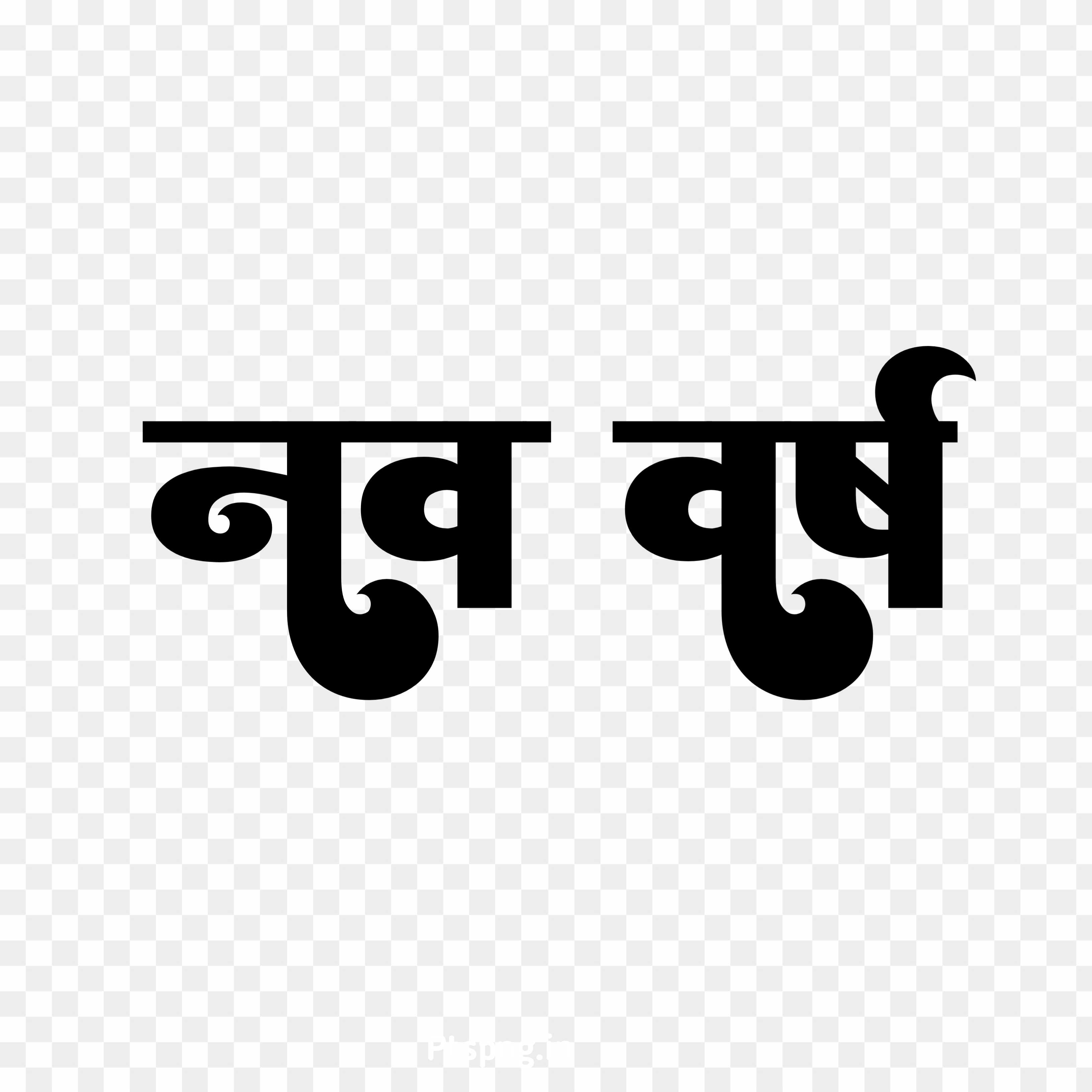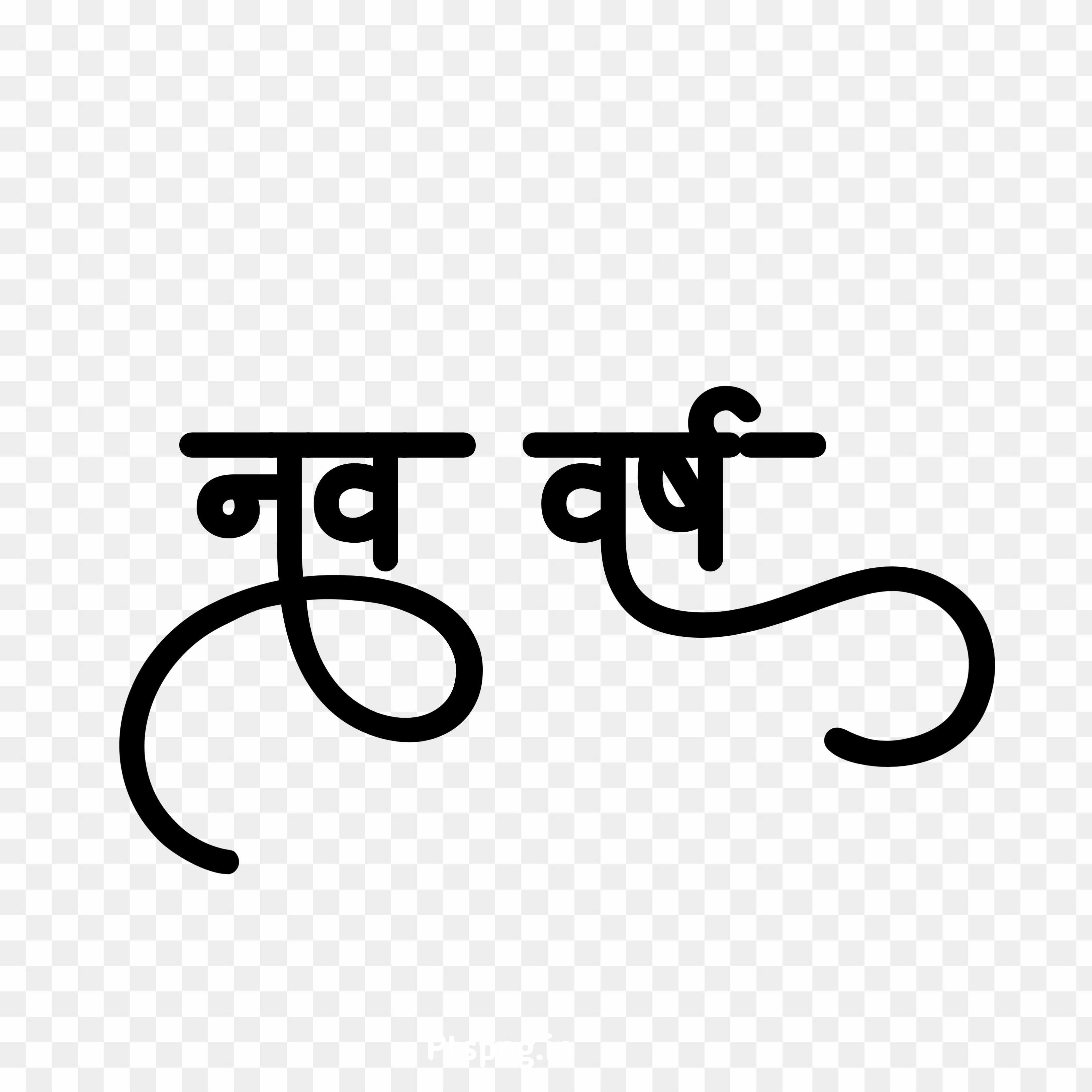Salt In Hindi: The Ultimate Guide To Understanding And Using Salt In Indian Cuisine
Have you ever wondered how to say "salt" in Hindi? If you're diving into the world of Indian cooking or simply curious about the language, you're in the right place. Salt in Hindi is more than just a translation—it's a gateway to understanding one of the most essential ingredients in Indian cuisine. Whether you're a food enthusiast, a language learner, or just someone who loves to explore new cultures, this article has got you covered.
When it comes to cooking, salt is like the unsung hero of the kitchen. It enhances flavors, balances spices, and brings dishes to life. In Hindi, salt is referred to as "Namak" (नमक). But the story doesn't end there. Namak plays a crucial role in Indian recipes, from simple everyday meals to elaborate festival dishes. So, let's dive in and explore everything you need to know about salt in Hindi and its significance in Indian culture.
This article isn't just about learning a new word; it's about understanding the cultural and culinary importance of salt in India. We'll cover everything from the history of salt in Indian cuisine to its health benefits and common uses. So, buckle up and get ready for a flavorful journey!
Table of Contents
- The History of Salt in India
- Types of Salt Used in Indian Cooking
- Why Salt is Important in Indian Cuisine
- Health Benefits and Concerns of Salt
- Popular Indian Recipes Using Salt
- Learning "Salt" in Hindi
- Tips for Using Salt in Indian Dishes
- Cultural Significance of Salt in India
- Substitutes for Salt in Indian Cooking
- Frequently Asked Questions About Salt in Hindi
The History of Salt in India
Salt has been a vital part of Indian history for thousands of years. It's not just an ingredient; it's a symbol of life, survival, and even rebellion. The ancient Indian civilization understood the importance of salt early on, and it became a crucial commodity in trade and daily life.
One of the most famous events in Indian history involving salt is the Dandi March led by Mahatma Gandhi in 1930. This peaceful protest against the British salt tax highlighted the significance of salt in Indian culture and economy. Gandhi's march inspired millions to join the fight for independence, proving that even something as simple as salt could spark a revolution.
Key Moments in Salt's History
- 3000 BCE: Salt was used as a preservative and trading commodity in ancient India.
- 18th Century: The British East India Company imposed heavy taxes on salt, making it a luxury item for many Indians.
- 1930: The Dandi March marked a turning point in India's struggle for freedom.
Types of Salt Used in Indian Cooking
India is a land of diversity, and this extends to the types of salt used in its cuisine. From common table salt to exotic varieties, Indian kitchens are stocked with a range of salts that cater to different tastes and needs.
Common Types of Salt in Indian Cooking
- Rock Salt (Sendha Namak): Often used during fasting periods, rock salt has a mild taste and is rich in minerals.
- Black Salt (Kala Namak): Known for its sulfuric aroma and distinctive flavor, black salt is a favorite in chaats and salads.
- Sea Salt: Harvested from the sea, this salt is less processed and retains more minerals than regular table salt.
- Table Salt: The most commonly used salt in everyday cooking, it's refined and often iodized.
Why Salt is Important in Indian Cuisine
Salt is more than just a seasoning in Indian cuisine; it's a flavor enhancer, a preservative, and a key ingredient in many dishes. Without salt, Indian food wouldn't be the same. It balances the heat of spices, enhances the natural flavors of vegetables, and brings out the richness of curries.
In Indian cooking, salt is added at different stages of preparation to achieve the desired taste. For instance, in dal (lentil soup), salt is added after the dal is cooked to preserve its natural flavor. On the other hand, in dough for roti or paratha, salt is mixed in at the beginning to enhance the texture and taste.
Health Benefits and Concerns of Salt
While salt is essential for maintaining bodily functions, excessive consumption can lead to health issues. Let's take a look at the pros and cons of salt in our diets.
Health Benefits of Salt
- Regulates blood pressure when consumed in moderation.
- Helps maintain fluid balance in the body.
- Supports nerve and muscle function.
Potential Health Concerns
- Excessive intake can lead to hypertension and heart disease.
- May cause water retention and bloating.
- Overconsumption is linked to kidney problems.
It's important to strike a balance and consume salt in moderation to reap its benefits without compromising your health.
Popular Indian Recipes Using Salt
Now that we've covered the basics, let's dive into some delicious Indian recipes that highlight the importance of salt. These dishes are not only flavorful but also showcase the versatility of salt in Indian cuisine.
1. Aloo Tikki
This popular street food snack is made from boiled potatoes, spices, and of course, a generous pinch of salt. The salt enhances the flavors of the spices and gives the tikki its signature taste.
2. Masala Chai
Who knew salt could play a role in tea? In some regions of India, a small amount of salt is added to masala chai to balance the sweetness and bring out the flavors of the spices.
3. Chaat
No chaat is complete without a sprinkle of black salt. Its unique flavor complements the tangy tamarind chutney and crisp textures of the dish.
Learning "Salt" in Hindi
Learning a new word in Hindi can be both fun and rewarding. "Namak" (नमक) is the Hindi word for salt. It's easy to pronounce and remember, making it a great starting point for language learners.
Here's a simple phrase to help you practice:
- Is namak accha lagta hai. (This salt tastes good.)
Tips for Using Salt in Indian Dishes
Cooking with salt in Indian cuisine requires a bit of finesse. Here are some tips to help you get it right:
1. Taste as You Go
Always taste your dish before adding more salt. Indian spices can mask the saltiness, so it's better to add it gradually.
2. Use Different Types of Salt
Experiment with different types of salt to discover new flavors. For example, use black salt for chaats and rock salt for fasting dishes.
3. Balance with Acidity
Acidic ingredients like tomatoes and yogurt can enhance the saltiness of a dish. Balance them with a bit of sugar or lemon juice for a well-rounded flavor.
Cultural Significance of Salt in India
Salt holds a special place in Indian culture, symbolizing purity, loyalty, and hospitality. In many Indian households, salt is offered as a gesture of goodwill to guests. It's also an integral part of religious rituals and ceremonies.
Moreover, salt is associated with the concept of "Namak Halal" (loyalty to one's employer or benefactor). This cultural value emphasizes the importance of integrity and gratitude, reflecting the deeper meaning of salt in Indian society.
Substitutes for Salt in Indian Cooking
For those looking to reduce their salt intake, there are several substitutes that can enhance the flavors of Indian dishes without compromising taste.
1. Lemon Juice
Lemon juice adds a tangy flavor that can replace the saltiness in many dishes.
2. Vinegar
Apple cider vinegar or rice vinegar can be used to add depth to curries and soups.
3. Herbs and Spices
Experiment with herbs like coriander, cumin, and turmeric to bring out the natural flavors of your ingredients.
Frequently Asked Questions About Salt in Hindi
Q1: How do you say "salt" in Hindi?
The Hindi word for salt is "Namak" (नमक).
Q2: What is black salt in Hindi?
Black salt is called "Kala Namak" (काला नमक) in Hindi.
Q3: Is salt important in Indian cooking?
Yes, salt is crucial in Indian cooking as it enhances flavors, balances spices, and adds depth to dishes.
Q4: Can I use less salt in Indian recipes?
Absolutely! You can reduce salt by using substitutes like lemon juice, vinegar, or herbs and spices.
In conclusion, salt in Hindi is more than just a translation; it's a journey through history, culture, and cuisine. From its role in Indian recipes to its significance in daily life, salt plays a vital part in shaping the flavors and traditions of India. So, whether you're a foodie, a language enthusiast, or just curious about the world, understanding salt in Hindi opens up a whole new realm of possibilities. Don't forget to share this article with your friends and let us know your thoughts in the comments below!

Good Morning Images In Hindi Font

Navratri stylish Hindi font text PNG images transparent background

Nav varsh Hindi text PNG images download transparent background PNG

Nav varsh Hindi text PNG images download transparent background PNG